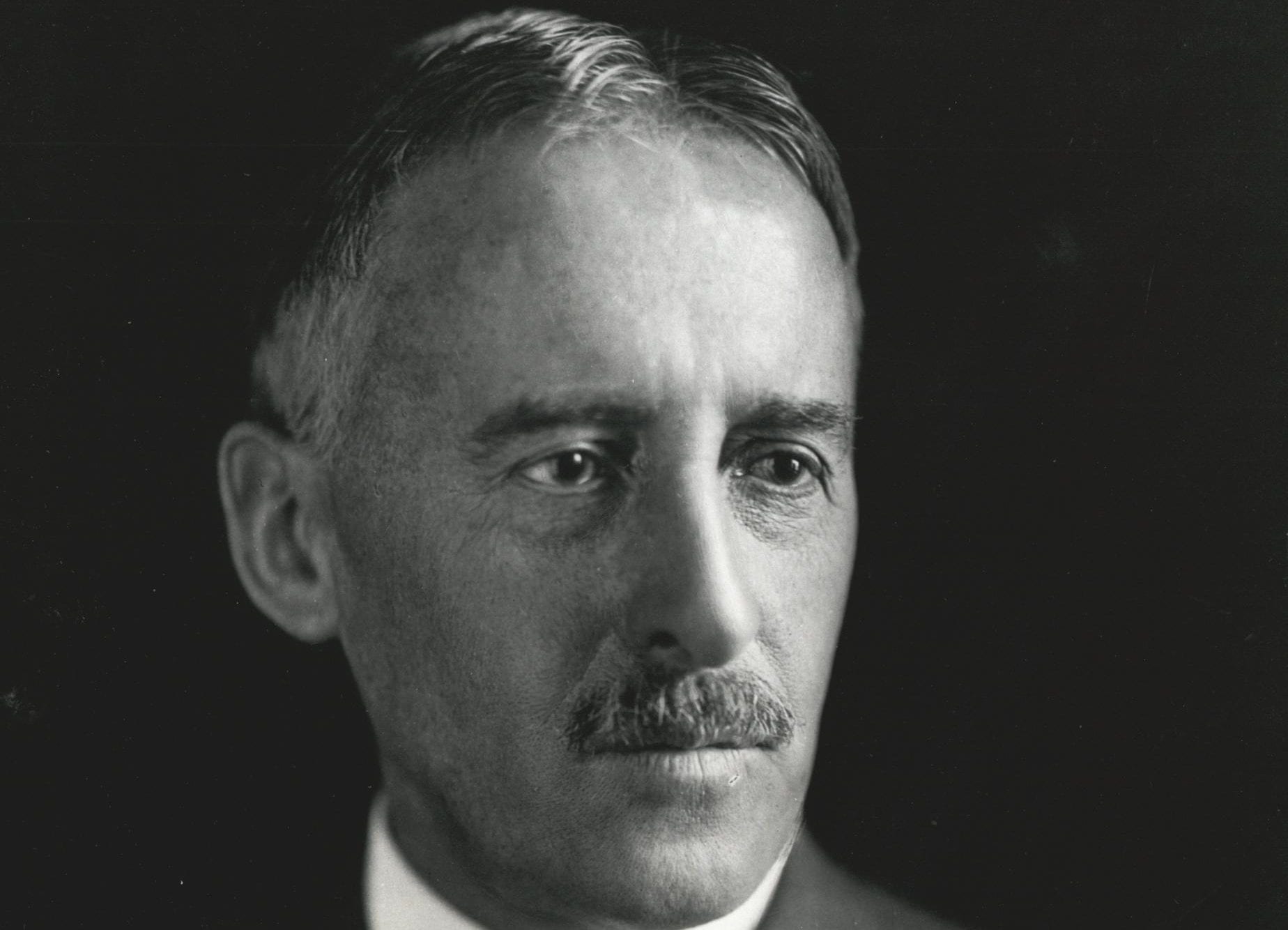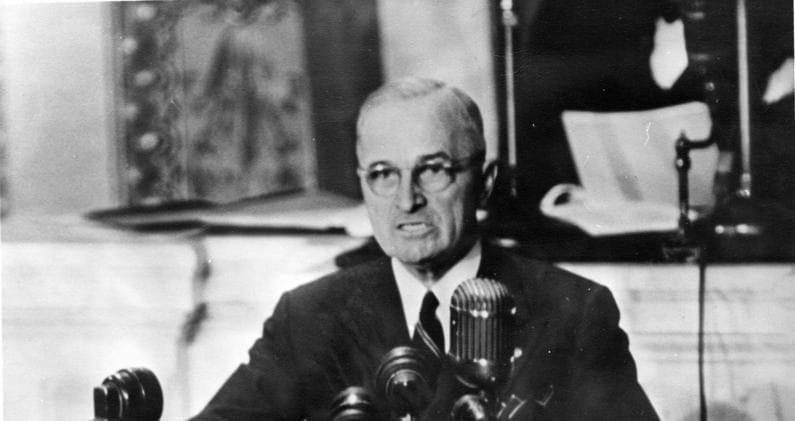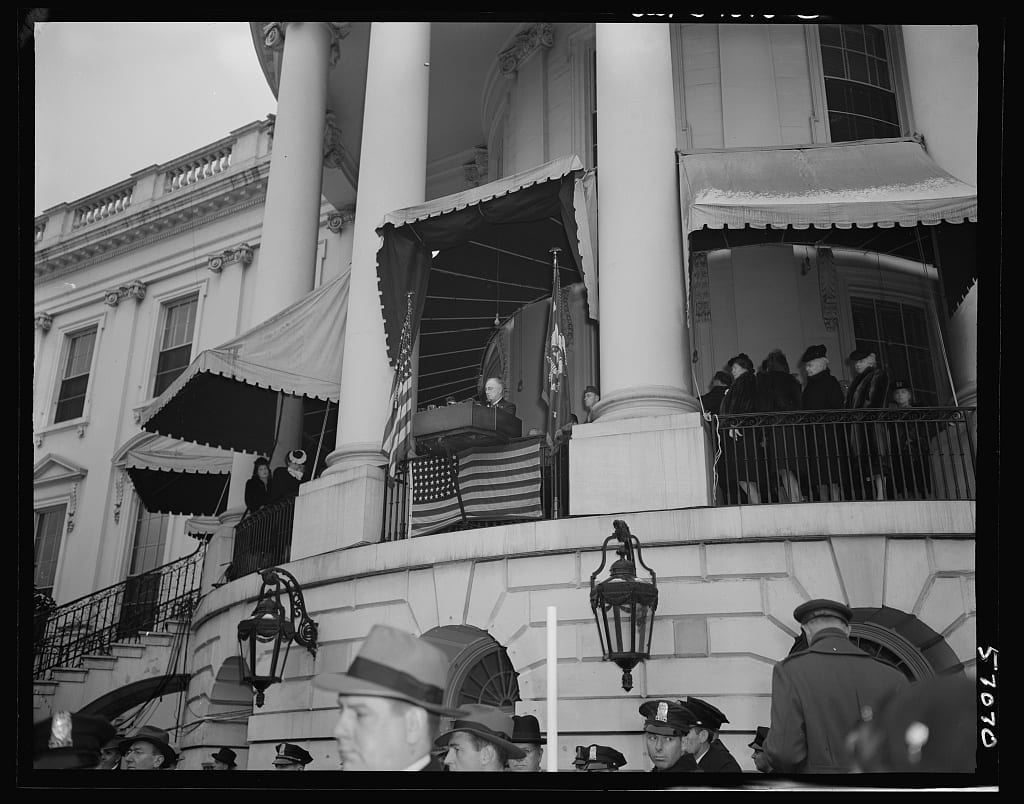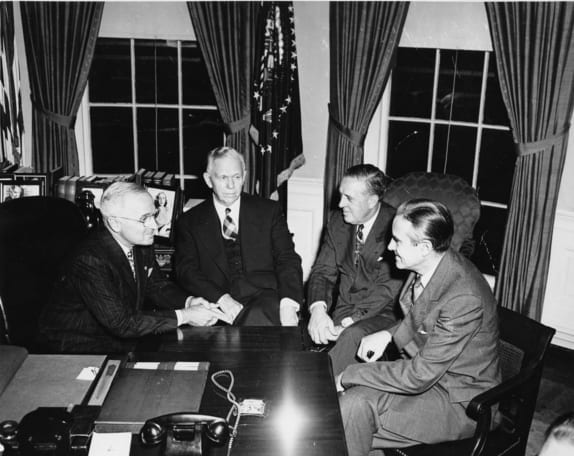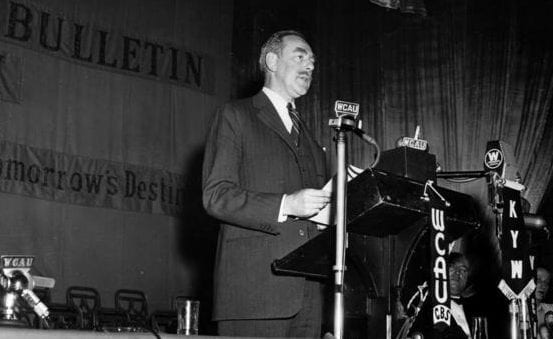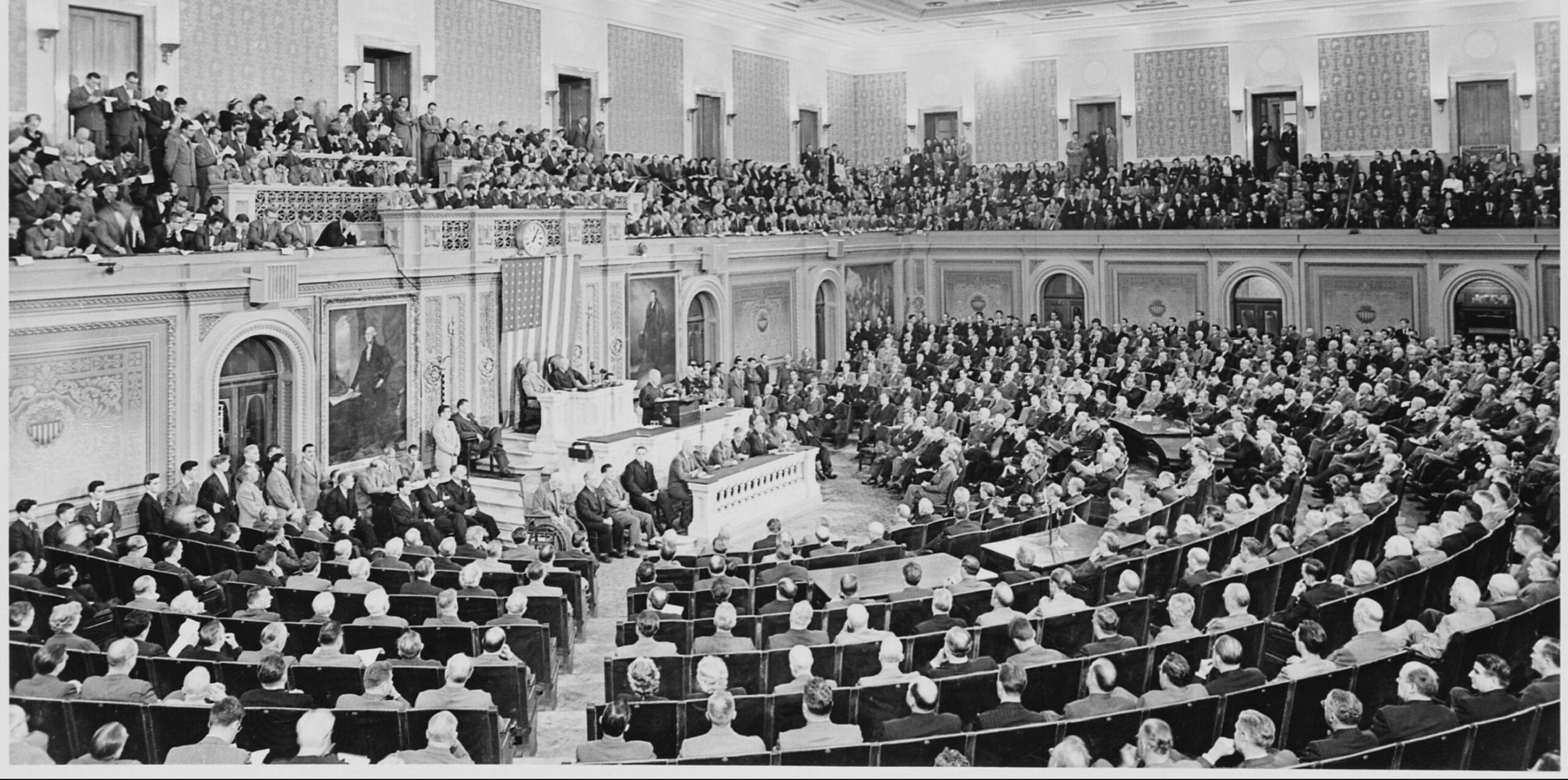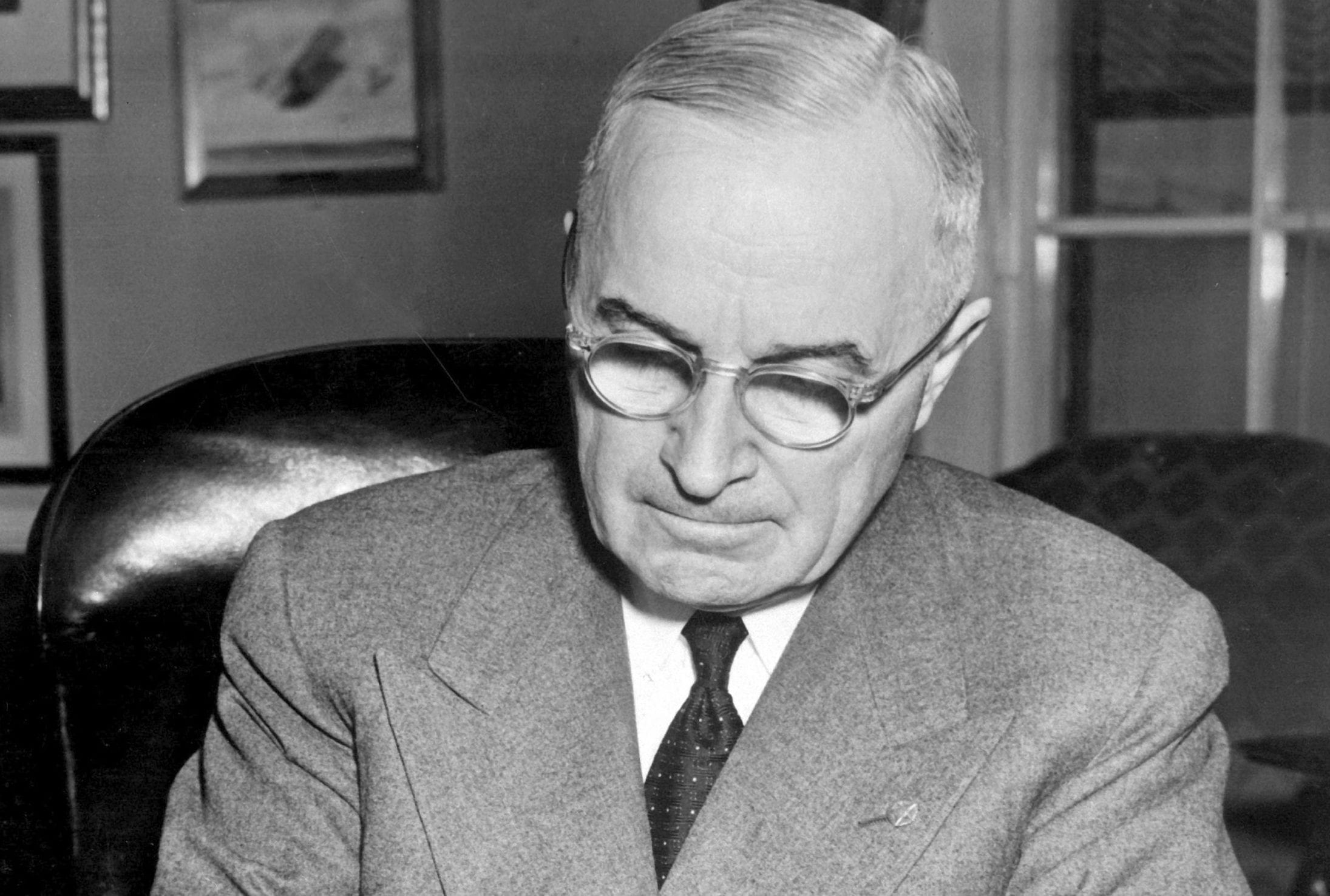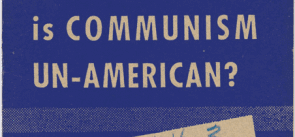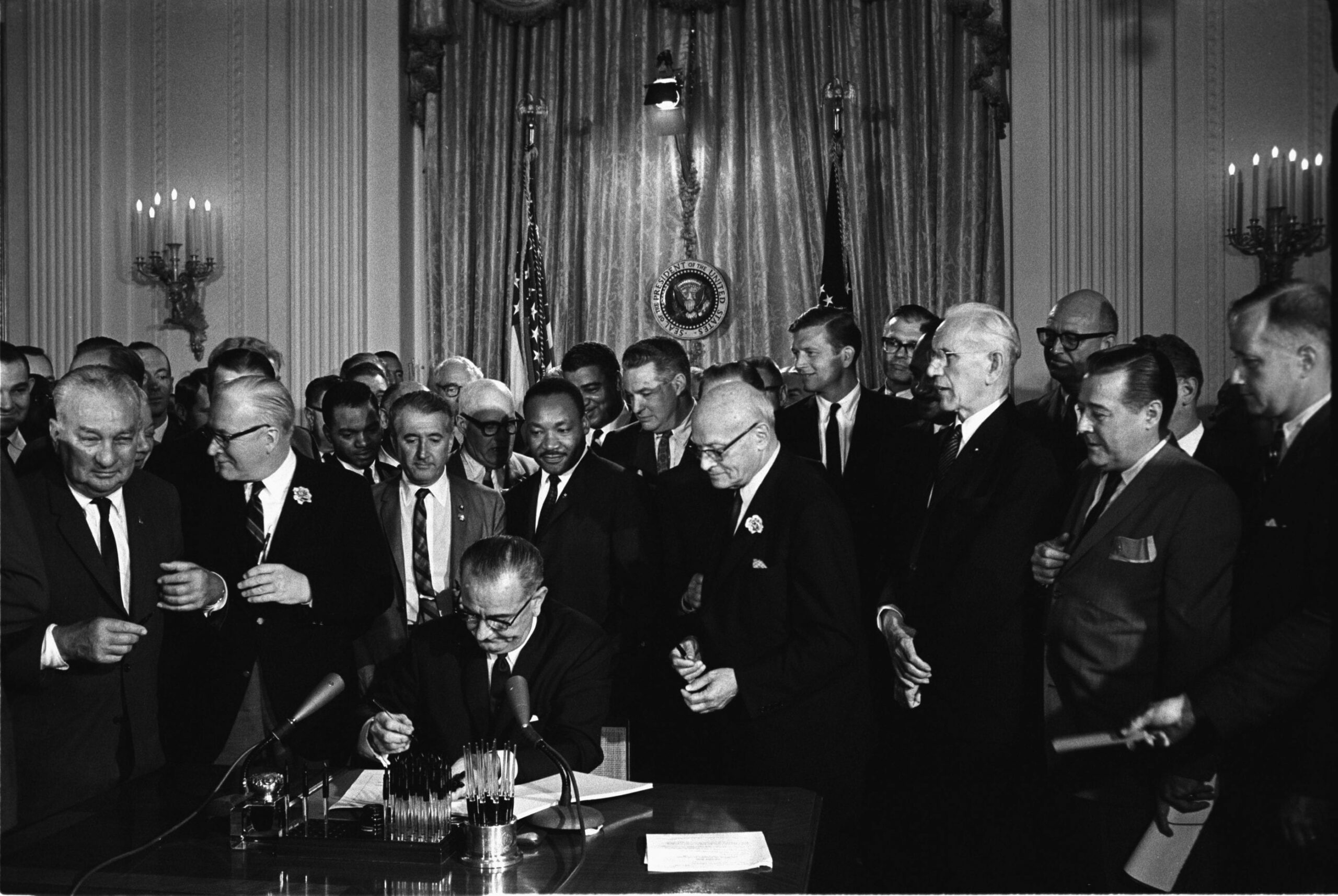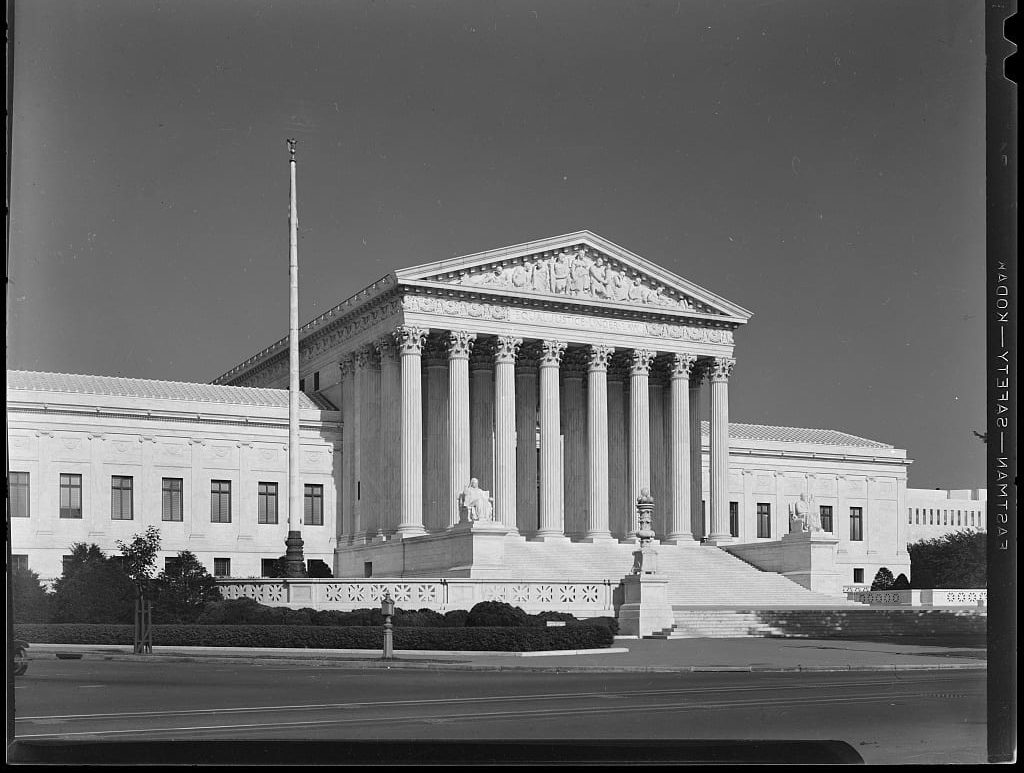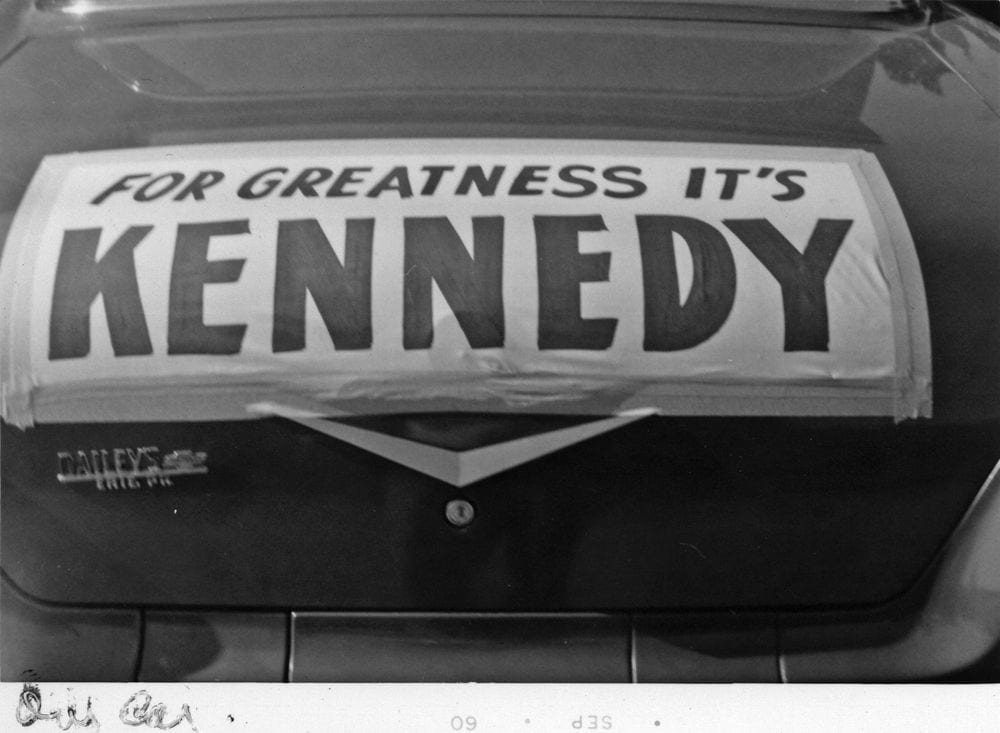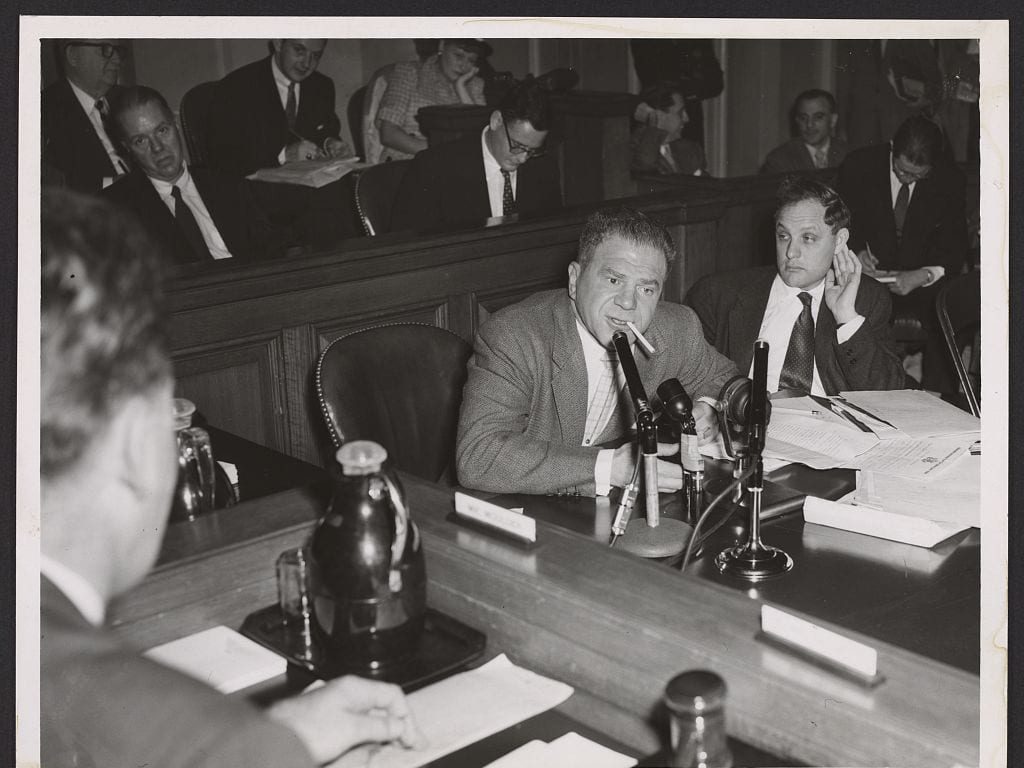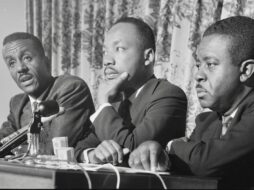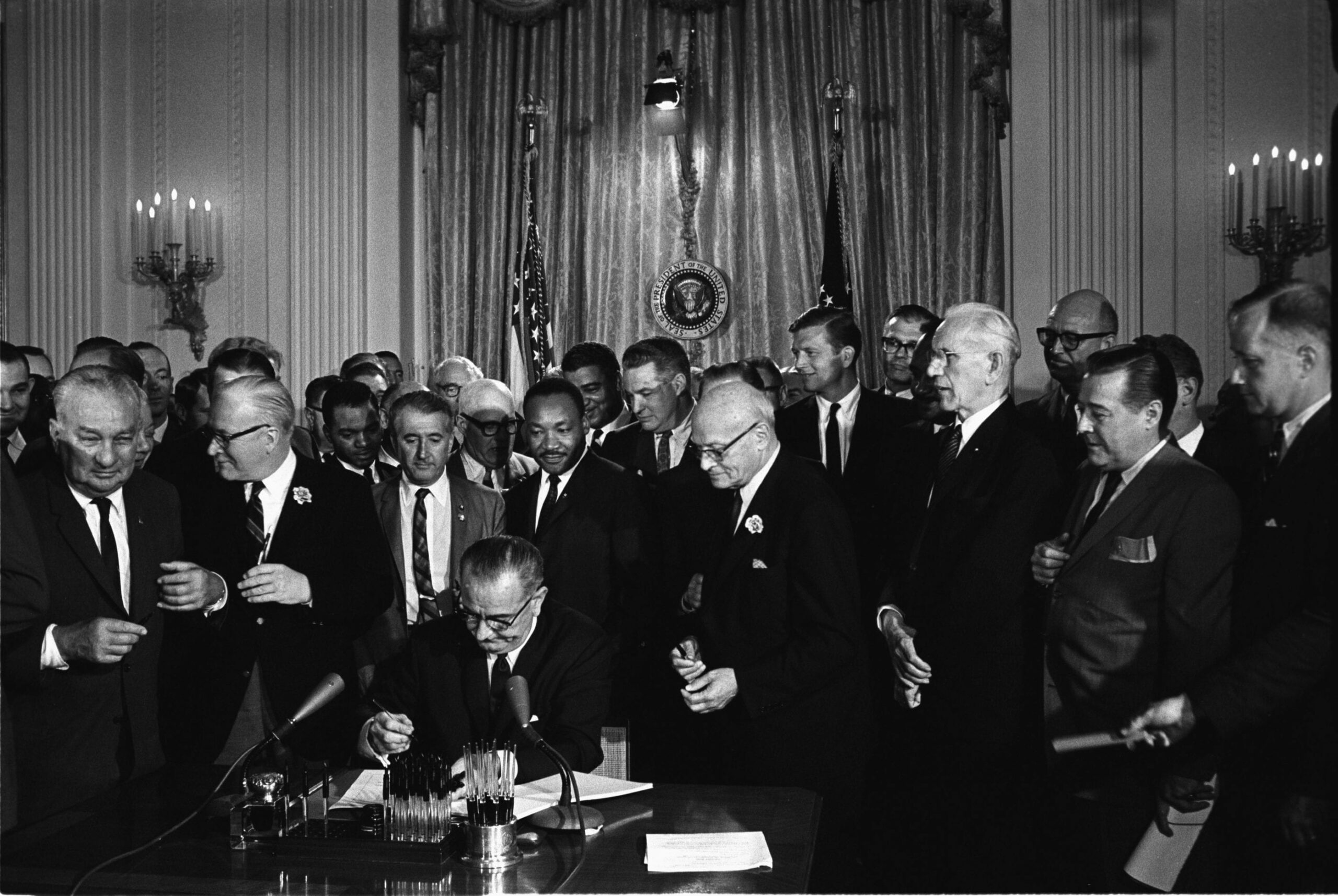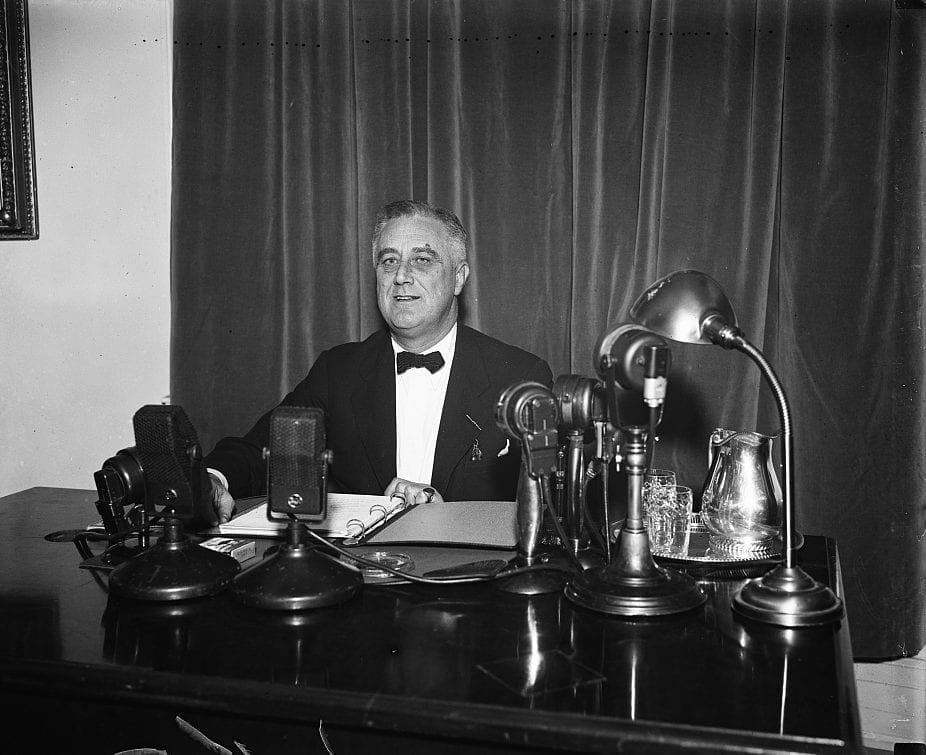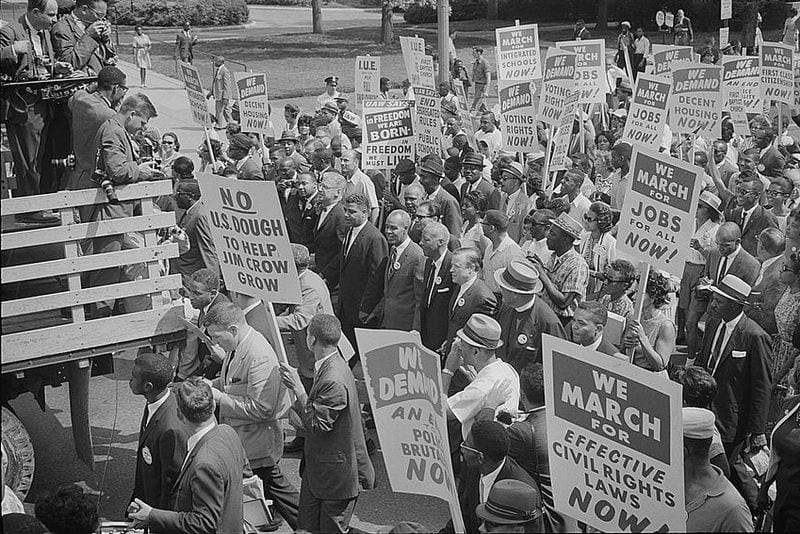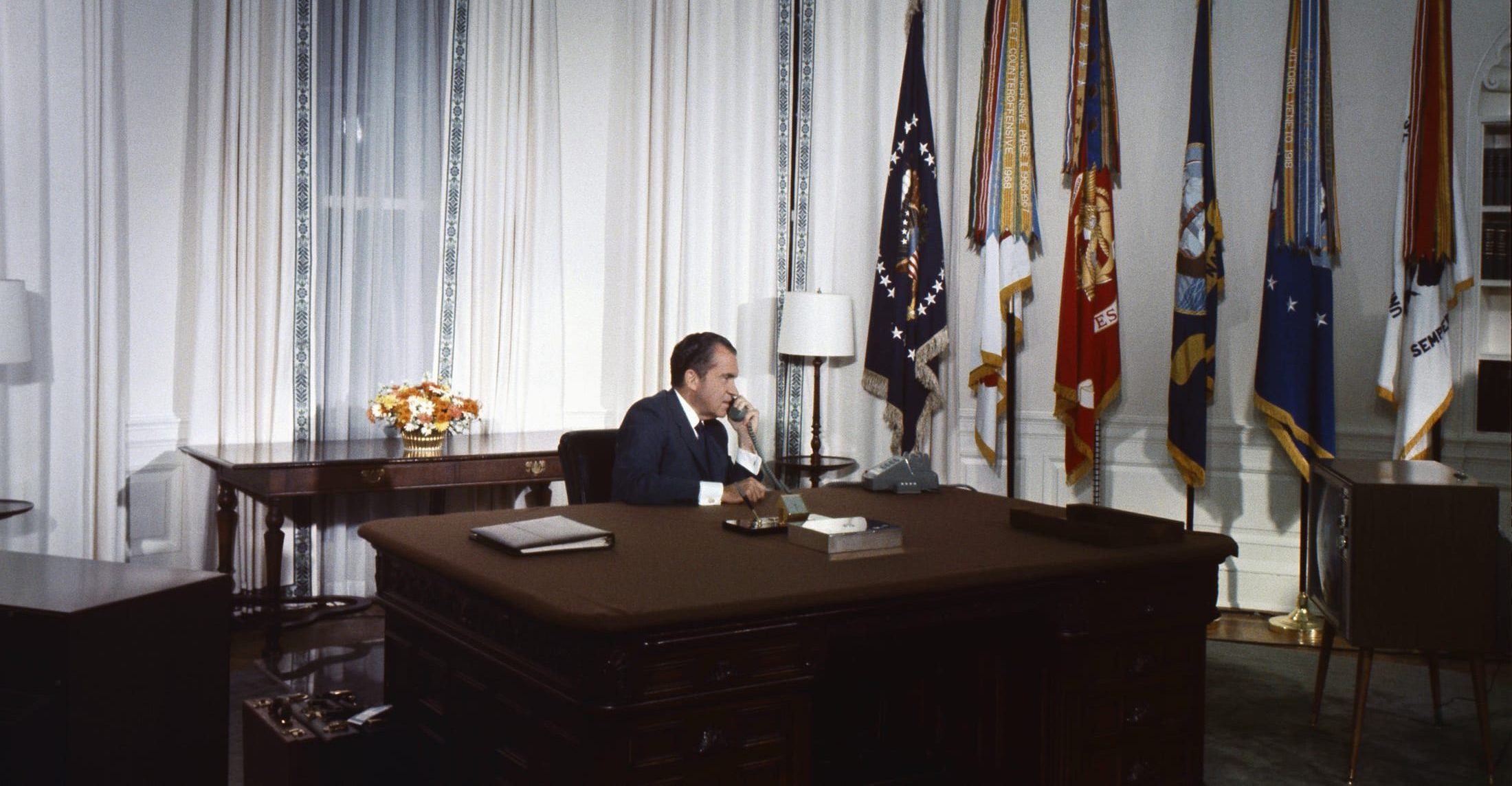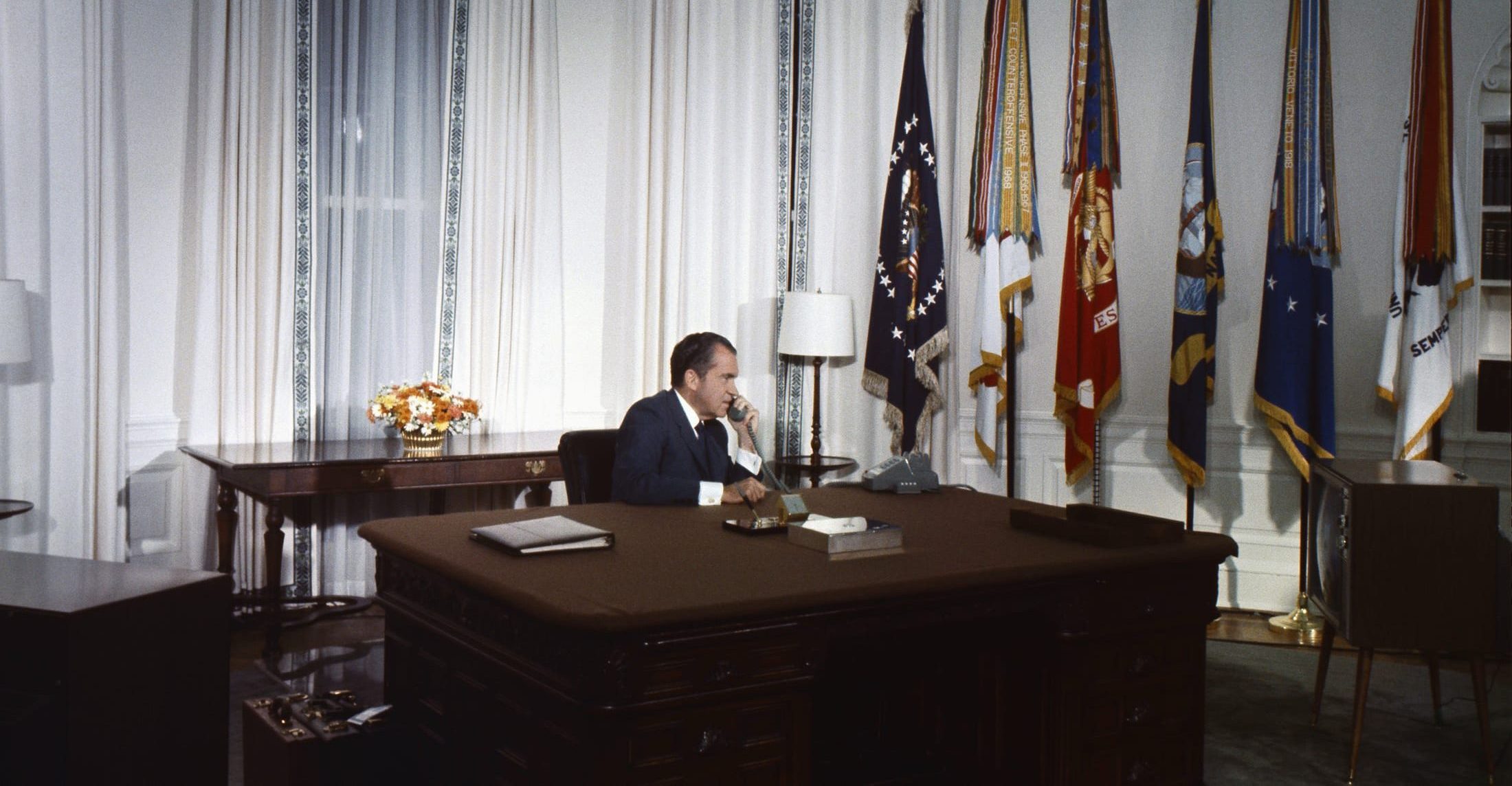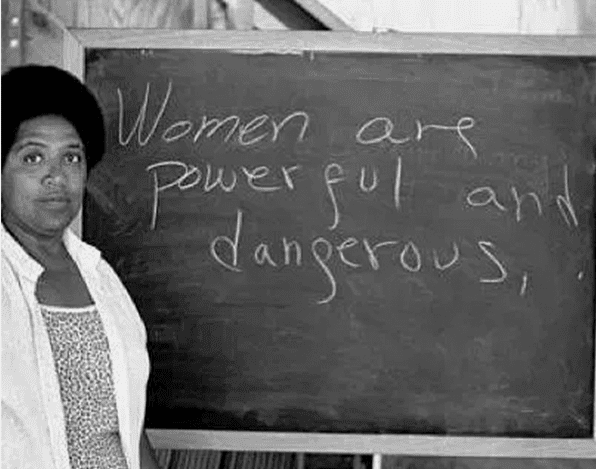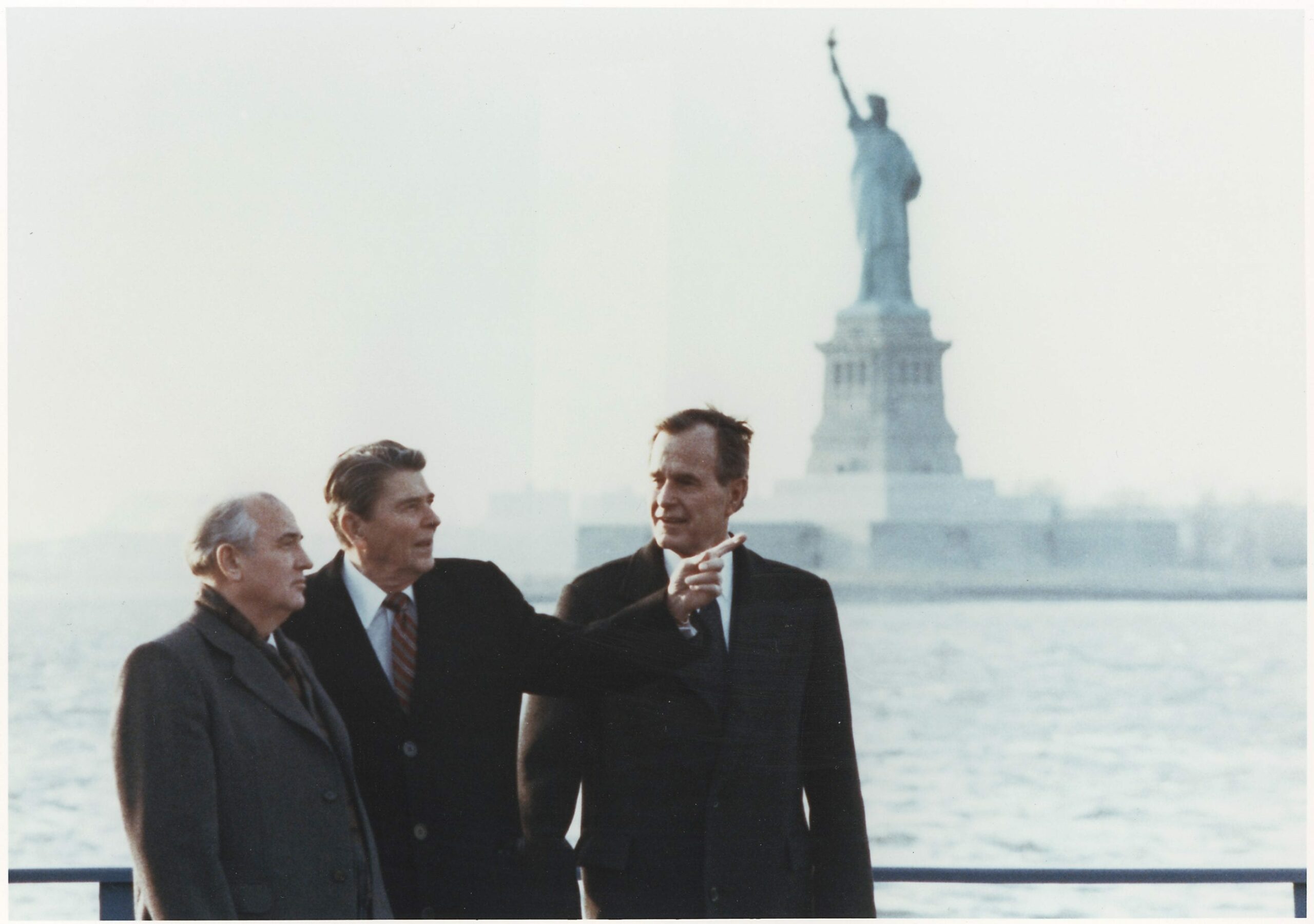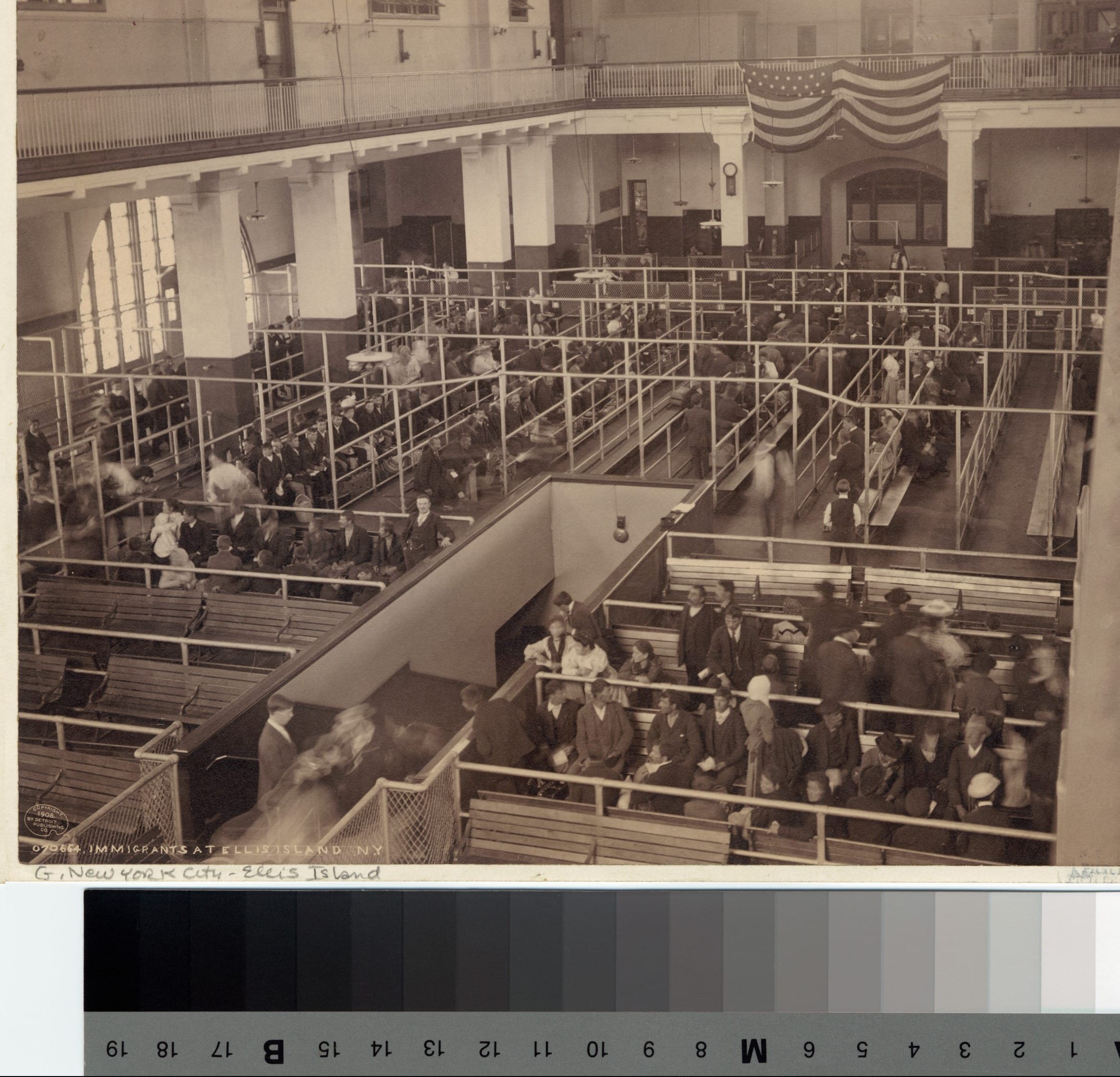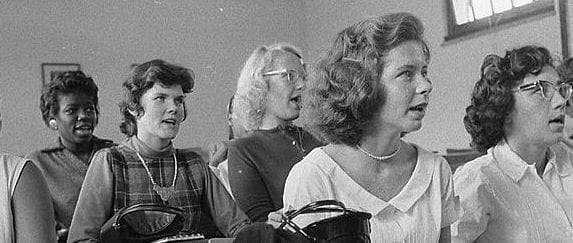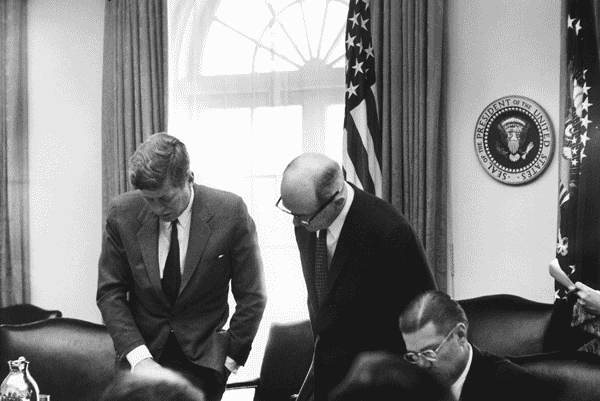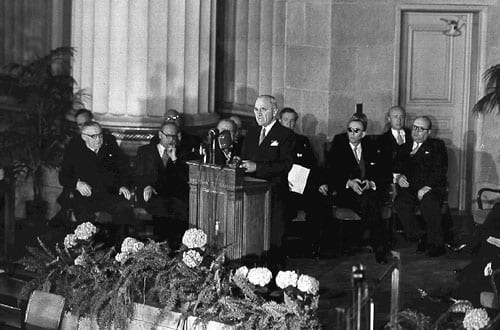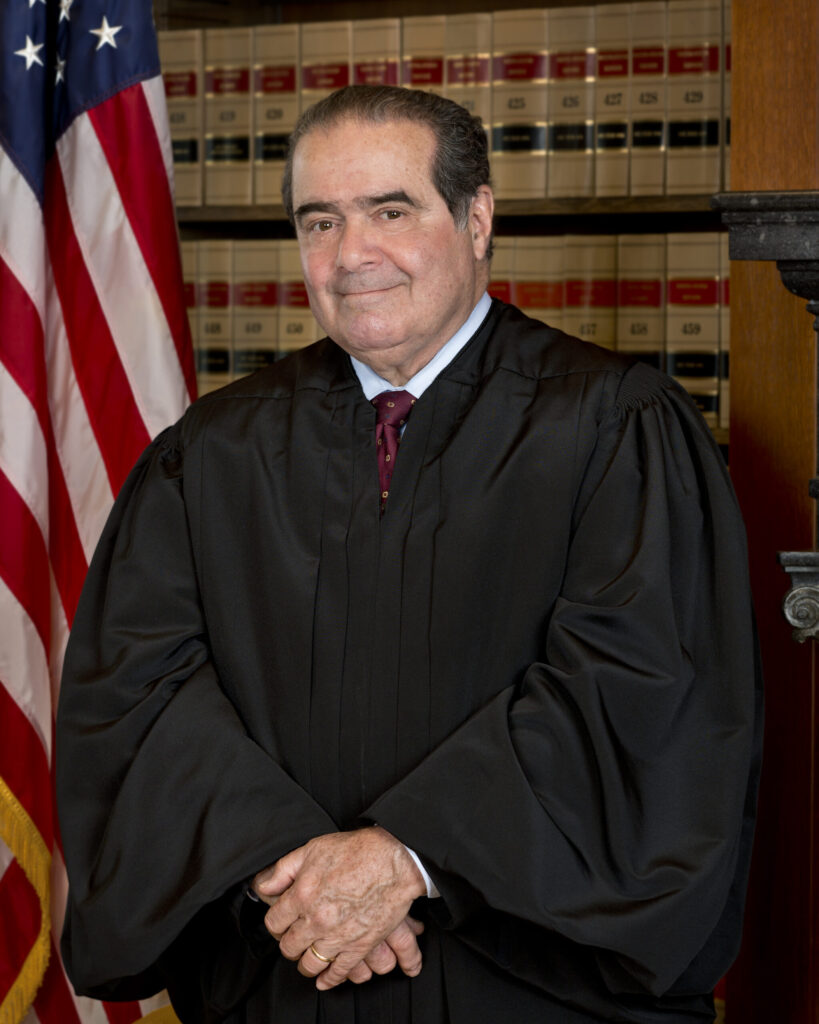
No related resources
Introduction
Antonin Scalia (1936–2016), an associate justice of the Supreme Court, was known as the most outspoken defender of originalism on the Court. In this speech from early in his tenure on the Court, he argued that originalism, despite its defects, is preferable to nonoriginalism. If, as nonoriginalists claim, the Constitution’s meaning is supposed to change according to changing social circumstances, then the legislature would be the natural place to make those changes. As well, one of the alleged benefits of nonoriginalism, he believed, was in fact illusory. Nonoriginalists contend that by rejecting originalism, rights and liberties can expand, but Scalia contended that there was nothing in nonoriginalism that compelled that result. Nonoriginalism could lead to a contraction of freedom. While Scalia preferred originalism, he did acknowledge two difficulties. First, historical sources could be both voluminous and sometimes unreliable, making arriving at their original meaning “a task sometimes better suited to the historian than the lawyer.” Second, originalism could sometimes be medicine “too strong to swallow.” Well-settled precedents shown to be incompatible with the original understanding of the Constitution might be overturned, and, more important, practices regarded as inhumane today but acceptable in the past might be allowed.
Source: Antonin Scalia, “Originalism: The Lesser Evil,” University of Cincinnati Law Review 57 (1989): 849–865.
. . .It is only in relatively recent years. . . that nonoriginalist exegesis has, so to speak, come out of the closet, and put itself forward overtly as an intellectually legitimate device. To be sure, in support of its venerability as a legitimate interpretive theory there is often trotted out John Marshall’s statement in McCulloch v. Maryland1 that “we must never forget it is a constitution we are expounding”—as though the implication of that statement was that our interpretation must change from age to age. But that is a canard. The real implication was quite the opposite: Marshall was saying that the Constitution had to be interpreted generously because the powers conferred upon Congress under it had to be broad enough to serve not only the needs of the federal government originally discerned but also the needs that might arise in the future. If constitutional interpretation could be adjusted as changing circumstances required, a broad initial interpretation would have been unnecessary.
Those who have not delved into the scholarly writing on constitutional law for several years may be unaware of the explicitness with which many prominent and respected commentators reject the original meaning of the Constitution as an authoritative guide. . . .
The principal theoretical defect of nonoriginalism, in my view, is its incompatibility with the very principle that legitimizes judicial review of constitutionality. Nothing in the text of the Constitution confers upon the courts the power to inquire into, rather than passively assume, the constitutionality of federal statutes. That power is, however, reasonably implicit because, as Marshall said in Marbury v. Madison, (1) “[i]t is emphatically the province and duty of the judicial department to say what the law is,” (2) “[i] f two laws conflict with each other, the courts must decide on the operation of each,” and (3) “the Constitution is to be considered, in court, as a paramount law.” Central to that analysis, it seems to me, is the perception that the Constitution, though it has an effect superior to other laws, is in its nature the sort of “law” that is the business of the courts—an enactment that has a fixed meaning ascertainable through the usual devices familiar to those learned in the law. If the Constitution were not that sort of a “law,” but a novel invitation to apply current societal values, what reason would there be to believe that the invitation was addressed to the courts rather than to the legislature? One simply cannot say, regarding that sort of novel enactment, that “[i]t is emphatically the province and duty of the judicial department” to determine its content. Quite to the contrary, the legislature would seem a much more appropriate expositor of social values, and its determination that a statute is compatible with the Constitution should, as in England, prevail.
Apart from the frailty of its theoretical underpinning, nonoriginalism confronts a practical difficulty reminiscent of the truism of elective politics that “you can’t beat somebody with nobody.” It is not enough to demonstrate that the other fellow’s candidate (originalism) is no good; one must also agree upon another candidate to replace him. Just as it is not very meaningful for a voter to vote “non-Reagan,” it is not very helpful to tell a judge to be a “nonoriginalist.” If the law is to make any attempt at consistency and predictability, surely there must be general agreement not only that judges reject one exegetical approach (originalism), but that they adopt another. And it is hard to discern any emerging consensus among the nonoriginalists as to what this might be. Are the “fundamental values” that replace original meaning to be derived from the philosophy of Plato, or of Locke, or Mills, or Rawls, or perhaps from the latest Gallup poll? This is not to say that originalists are in entire agreement as to what the nature of their methodology is; as I shall mention shortly, there are some significant differences. But as its name suggests, it by and large represents a coherent approach, or at least an agreed-upon point of departure. As the name “nonoriginalism” suggests (and I know no other, more precise term by which this school of exegesis can be described), it represents agreement on nothing except what is the wrong approach.
Finally, I want to mention what is not a defect of nonoriginalism, but one of its supposed benefits that seems to me illusory. . . .[O]ne of the most prominent nonoriginalists, Professor Tribe, . . .“invites us, and our judges, to expand on the . . . freedoms that are uniquely our heritage.” I think it fair to say that that is a common theme of nonoriginalists in general. But why, one may reasonably ask—once the original import of the Constitution is cast aside to be replaced by the “fundamental values” of the current society—why are we invited only to “expand on” freedoms, and not to contract them as well? Last term we decided a case, Coy v. Iowa [1988], in which, at the trial of a man accused of taking indecent liberties with two young girls, the girls were permitted to testify separated from the defendant by a screen which prevented them from seeing him. We held that, at least absent a specific finding that these particular witnesses needed such protection, this procedure violated that provision of the Sixth Amendment that assures a criminal defendant the right “to be confronted with the witnesses against him.” Let us hypothesize, however (a hypothesis that may well be true), that modern American society is much more conscious of, and averse to, the effects of “emotional trauma” than was the society of 1791, and that it is, in addition, much more concerned about the emotional frailty of children and the sensitivity of young women regarding sexual abuse. If that is so, and if the nonoriginalists are right, would it not have been possible for the Court to hold that, even though in 1791 the confrontation clause clearly would not have permitted a blanket exception for such testimony, it does so today? Such a holding, of course, could hardly be characterized as an “expansion upon” preexisting freedoms. Or let me give another example that is already history: I think it highly probable that over the past two hundred years the Supreme Court, though not avowedly under the banner of “nonoriginalist” interpretation, has in fact narrowed the contract clause of the Constitution well short of its original meaning. Perhaps we are all content with that development—but can it possibly be asserted that it represented an expansion, rather than a contraction, of individual liberties? Our modern society is undoubtedly not as enthusiastic about economic liberties as were the men and women of 1789; but we should not fool ourselves into believing that because we like the result, the result does not represent a contraction of liberty. Nonoriginalism, in other words, is a two-way street that handles traffic both to and from individual rights.
Let me turn next to originalism, which is also not without its warts. Its greatest defect, in my view, is the difficulty of applying it correctly. Not that I agree with, or even take very seriously, the intricately elaborated scholarly criticisms to the effect that (believe it or not) words have no meaning. They have meaning enough, as the scholarly critics themselves must surely believe when they choose to express their views in text rather than music. But what is true is that it is often exceedingly difficult to plumb the original understanding of an ancient text. Properly done, the task requires the consideration of an enormous mass of material—in the case of the Constitution and its amendments, for example, to mention only one element, the records of the ratifying debates in all the states. Even beyond that, it requires an evaluation of the reliability of that material—many of the reports of the ratifying debates, for example, are thought to be quite unreliable. And further still, it requires immersing oneself in the political and intellectual atmosphere of the time—somehow placing out of mind knowledge that we have which an earlier age did not, and putting on beliefs, attitudes, philosophies, prejudices, and loyalties that are not those of our day. It is, in short, a task sometimes better suited to the historian than the lawyer. . . .
I can be much more brief in describing what seems to me the second most serious objection to originalism: In its undiluted form, at least, it is medicine that seems too strong to swallow. Thus, almost every originalist would adulterate it with the doctrine of stare decisis2—so that Marbury v. Madison3 would stand even if Professor Raoul Berger should demonstrate unassailably that it got the meaning of the Constitution wrong. (Of course recognizing stare decisis is seemingly even more incompatible with nonoriginalist theory: If the most solemnly and democratically adopted text of the Constitution and its amendments can be ignored on the basis of current values, what possible basis could there be for enforced adherence to a legal decision of the Supreme Court?) But stare decisis alone is not enough to prevent originalism from being what many would consider too bitter a pill. What if some state should enact a new law providing public lashing, or branding of the right hand, as punishment for certain criminal offenses? Even if it could be demonstrated unequivocally that these were not cruel and unusual measures in 1791, and even though no prior Supreme Court decision has specifically disapproved them, I doubt whether any federal judge—even among the many who consider themselves originalists—would sustain them against an Eighth Amendment challenge. It may well be, as Professor Henry Monaghan persuasively argues, that this cannot legitimately be reconciled with originalist philosophy—that it represents the unrealistic view of the Constitution as a document intended to create a perfect society for all ages to come, whereas in fact it was a political compromise that did not pretend to create a perfect society even for its own age (as its toleration of slavery, which a majority of the founding generation recognized as an evil, well enough demonstrates). Even so, I am confident that public flogging and hand-branding would not be sustained by our courts, and any espousal of originalism as a practical theory of exegesis must somehow come to terms with that reality.
One way of doing so, of course, would be to say that it was originally intended that the cruel and unusual punishment clause would have an evolving content—that “cruel and unusual” originally meant “cruel and unusual for the age in question” and not “cruel and unusual in 1791.”4 But to be faithful to originalist philosophy, one must not only say this but demonstrate it to be so on the basis of some textual or historical evidence. Perhaps the mere words “cruel and unusual” suggest an evolutionary intent more than other provisions of the Constitution, but that is far from clear; and I know of no historical evidence for that meaning. And if the faint-hearted originalist is willing simply to posit such an intent for the “cruel and unusual punishment” clause, why not for the due process clause, the equal protection clause, the privileges and immunity clause, etc.? When one goes down that road, there is really no difference between the faint-hearted originalist and the moderate nonoriginalist, except that the former finds it comforting to make up (out of whole cloth) an original evolutionary intent, and the latter thinks that superfluous. It is, I think, the fact that most originalists are faint-hearted and most nonoriginalists are moderate (that is, would not ascribe evolving content to such clear provisions as the requirement that the president be no less than thirty-five years of age) which accounts for the fact that the sharp divergence between the two philosophies does not produce an equivalently sharp divergence in judicial opinions.
Having described what I consider the principal difficulties with the originalist and nonoriginalist approaches, I suppose I owe it to the listener to say which of the two evils I prefer. It is originalism. I take the need for theoretical legitimacy seriously, and even if one assumes (as many nonoriginalists do not even bother to do) that the Constitution was originally meant to expound evolving rather than permanent values, as I discussed earlier I see no basis for believing that supervision of the evolution would have been committed to the courts. At an even more general theoretical level, originalism seems to me more compatible with the nature and purpose of a Constitution in a democratic system. A democratic society does not, by and large, need constitutional guarantees to ensure that its laws will reflect “current values.” Elections take care of that quite well. The purpose of constitutional guarantees—and in particular those constitutional guarantees of individual rights that are at the center of this controversy—is precisely to prevent the law from reflecting certain changes in original values that the society adopting the Constitution thinks fundamentally undesirable. Or, more precisely, to require the society to devote to the subject the long and hard consideration required for a constitutional amendment before those particular values can be cast aside.
I also think that the central practical defect of nonoriginalism is fundamental and irreparable: the impossibility of achieving any consensus on what, precisely, is to replace original meaning, once that is abandoned. The practical defects of originalism, on the other hand, while genuine enough, seem to me less severe. While it may indeed be unrealistic to have substantial confidence that judges and lawyers will find the correct historical answer to such refined questions of original intent as the precise content of “the executive Power,” for the vast majority of questions the answer is clear. The death penalty, for example, was not cruel and unusual punishment because it is referred to in the Constitution itself; and the right of confrontation by its plain language meant, at least, being face-to-face with the person testifying against one at trial. For the nonoriginalist, even these are open questions. As for the fact that originalism is strong medicine, and that one cannot realistically expect judges (probably myself included) to apply it without a trace of constitutional perfectionism, I suppose I must respond that this is a world in which nothing is flawless, and fall back upon G. K. Chesterton’s observation that a thing worth doing is worth doing badly.
It seems to me, moreover, that the practical defects of originalism are defects more appropriate for the task at hand—that is, less likely to aggravate the most significant weakness of the system of judicial review and more likely to produce results acceptable to all. If one is hiring a reference-room librarian and has two applicants, between whom the only substantial difference is that the one’s normal conversational tone tends to be too loud and the other’s too soft, it is pretty clear which of the imperfections should be preferred. Now the main danger in judicial interpretation of the Constitution—or, for that matter, in judicial interpretation of any law—is that the judges will mistake their own predilections for the law. Avoiding this error is the hardest part of being a conscientious judge; perhaps no conscientious judge ever succeeds entirely. Nonoriginalism, which under one or another formulation invokes “fundamental values” as the touchstone of constitutionality, plays precisely to this weakness. It is very difficult for a person to discern a difference between those political values that he personally thinks most important, and those political values that are “fundamental to our society.” Thus, by the adoption of such a criterion judicial personalization of the law is enormously facilitated. (One might reduce this danger by insisting that the new “fundamental values” invoked to replace original meaning be clearly and objectively manifested in the laws of the society. But among all the varying tests suggested by nonoriginalist theoreticians, I am unaware that that one ever appears. Most if not all nonoriginalists, for example, would strike down the death penalty, though it continues to be widely adopted in both state and federal legislation.)
Originalism does not aggravate the principal weakness of the system, for it establishes a historical criterion that is conceptually quite separate from the preferences of the judge himself. And the principal defect of that approach—that historical research is always difficult and sometimes inconclusive—will, unlike nonoriginalism, lead to a more moderate rather than a more extreme result. The inevitable tendency of judges to think that the law is what they would like it to be will, I have no doubt, cause most errors in judicial historiography to be made in the direction of projecting upon the age of 1789 current, modern values—so that as applied, even as applied in the best of faith, originalism will (as the historical record shows) end up as something of a compromise. Perhaps not a bad characteristic for a constitutional theory. Thus, nonoriginalists can say, concerning the principal defect of originalism, “Oh happy fault.” Originalism is, it seems to me, the librarian who talks too
softly. Having made that endorsement, I hasten to confess that in a crunch I may prove a faint-hearted originalist. I cannot imagine myself, any more than any other federal judge, upholding a statute that imposes the punishment of flogging. But then I cannot imagine such a case’s arising either. In any event, in deciding the cases before me I expect I will rarely be confronted with making the stark choice between giving evolutionary content (not yet required by stare decisis) and not giving evolutionary content to particular constitutional provisions. The vast majority of my dissents from nonoriginalist thinking (and I hope at least some of those dissents will be majorities) will, I am sure, be able to be framed in the terms that, even if the provision in question has an evolutionary content, there is inadequate indication that any evolution in social attitudes has occurred. That—to conclude this largely theoretical talk on a note of reality—is the real dispute that appears in the case: not between nonoriginalists on the one hand and pure originalists on the other, concerning the validity of looking at all to current values; but rather between, on the one hand, nonoriginalists, faint-hearted originalists, and pure-originalists-accepting-for-the-sake-of-argument-evolutionary-content, and, on the other hand, other adherents of the same three approaches, concerning the nature and degree of evidence necessary to demonstrate that constitutional evolution has occurred.
I am left with a sense of dissatisfaction, as I am sure you are, that a discourse concerning what one would suppose to be a rather fundamental—indeed, the most fundamental—aspect of constitutional theory and practice should end so inconclusively. But it should come as no surprise. We do not yet have an agreed-upon theory for interpreting statutes, either. I find it perhaps too laudatory to say that this is the genius of the common law system; but it is at least its nature.
Farewell Address (1989)
January 11, 1989
Conversation-based seminars for collegial PD, one-day and multi-day seminars, graduate credit seminars (MA degree), online and in-person.

